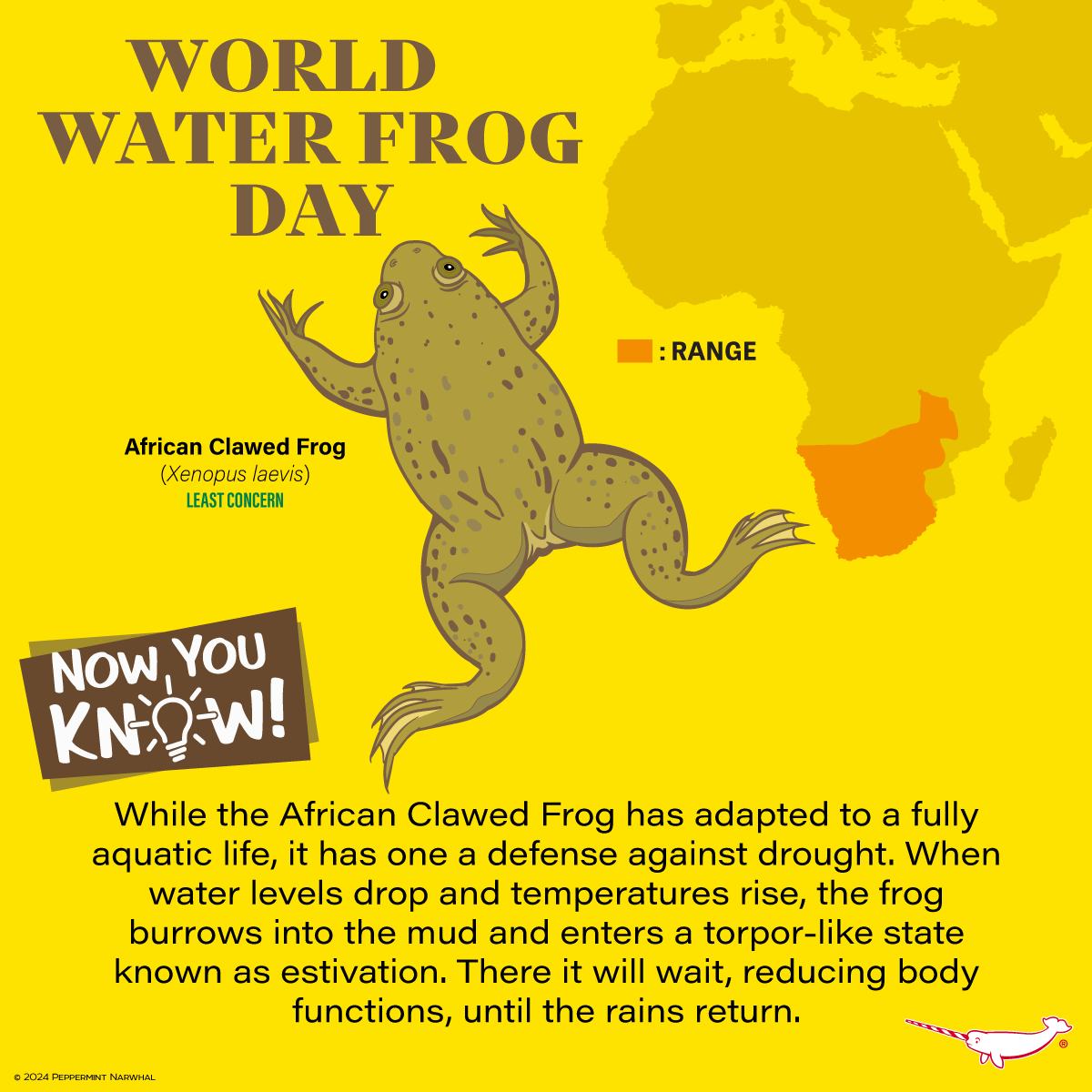– The significance of Happy World Water Frog Day for conservation and awareness
– Adaptive survival strategies of the African Clawed Frog (Xenopus laevis)
– The ecological impact of water frogs on their natural habitats
– Initiatives for preserving aquatic environments tied to frog populations
– How individuals can contribute to water frog conservation efforts
Frogs are critical in the world’s ecosystems, acting as predators and prey within their food chains. Among them, the African Clawed Frog, or Xenopus laevis, has captured the attention of researchers and conservationists due to its remarkable adaptability to aquatic environments and its role in our understanding of amphibian biology, genetics, and conservation. This fascination intersects annually on Happy World Water Frog Day, a celebration to raise awareness about these amphibians and the pressing need for aquatic conservation.
The African Clawed Frog stands out for its fully aquatic lifestyle, distinct from many other frog species that divide their time between terrestrial and aquatic environments. Its ability to adapt to changing water conditions is particularly noteworthy. During drought, this species employs estivation, a torpor-like state that burrows into the mud and reduces its bodily functions until favorable conditions return. This adaptation highlights the frog’s resilience and vulnerability in the face of prolonged environmental changes.
The ecological significance of water frogs extends beyond their adaptability. They are integral to aquatic ecosystems, regulating insect populations and serving as a food source for predators. A healthy frog population often indicates good water quality, showcasing their role as bioindicators. However, the global decline in frog populations points to broader issues of habitat loss, water pollution, and climate change, threatening these vital ecosystems.
Recognizing the critical need for conservation, Happy World Water Frog Day focuses on preserving aquatic habitats. Initiatives include promoting sustainable water practices, restoring wetlands, and supporting research on amphibian diseases like chytridiomycosis, which has devastated frog populations worldwide. These efforts are vital in maintaining biodiversity and the ecological balance within aquatic environments.
Individuals can contribute to these conservation efforts by reducing water pollution, supporting wetland preservation, and participating in citizen science projects. Activities like reducing the use of pesticides, properly disposing of pharmaceuticals, and supporting local conservation organizations can significantly impact the health of aquatic ecosystems and the frogs that inhabit them.
Happy World Water Frog Day reminds us of the intricate connections between frogs, water, and the broader ecosystem. Through awareness, education, and active participation, we can contribute to safeguarding these enchanting creatures and the aquatic environments they inhabit. By understanding the importance of water frogs and their challenges, we become better stewards of the planet, ensuring the survival of these fascinating species for future generations.
*****
Source Description
Happy World Water Frog Day!
Now You Know! – While the African Clawed Frog (Xenopus laevis) has adapted to a fully aquatic life, it has one defense against drought. When water levels drop, and temperatures rise, the frog burrows into the mud and enters a torpor-like state known as estivation. There, it will wait, reducing body functions, until the rains return.
Shop www.peppermintnarwhal.com

